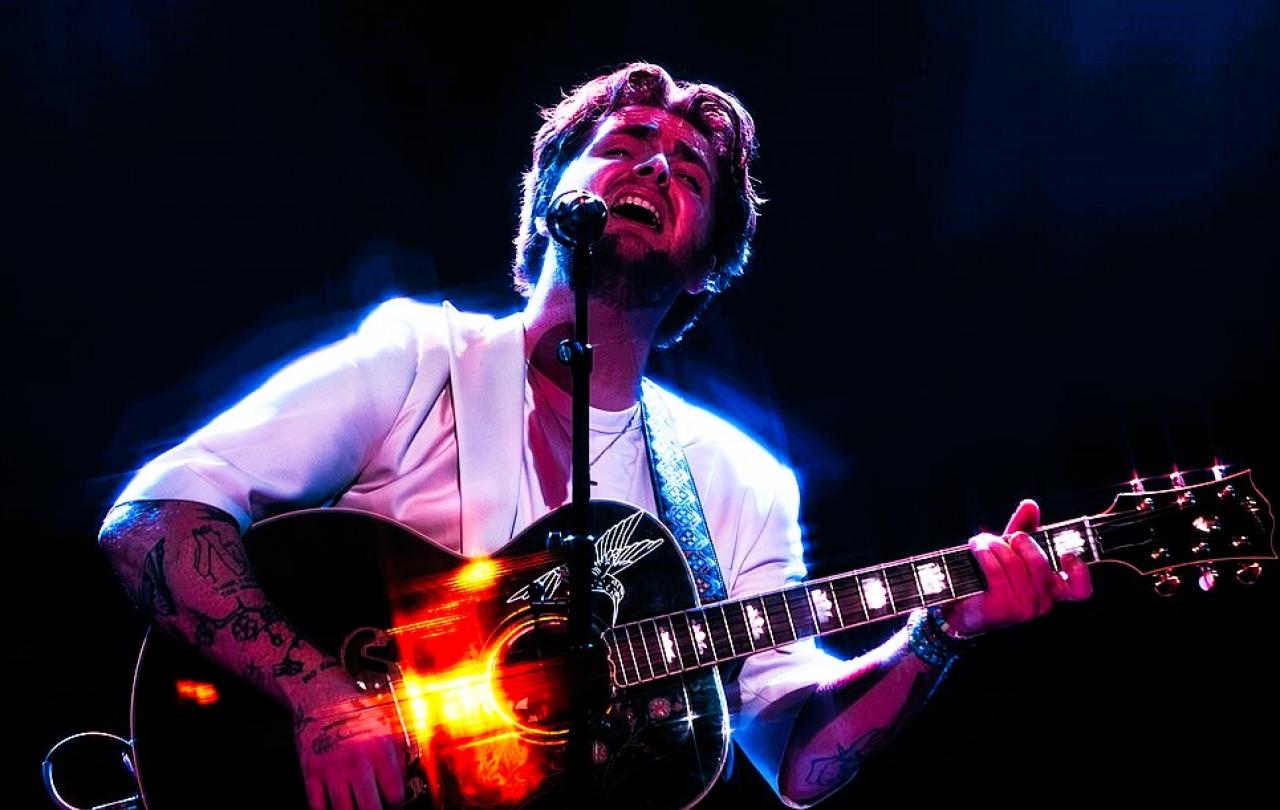
Alex Warren’s Ordinary is number one in the UK charts. At first glance the song appears to be a love song, and I would guess this is how it’s been heard during its 400million streams.
Spend more time with the song, though, and it becomes hard to ignore the theological imagery. “stayin’ drunk on your vine,” sings Warren – a conscious (he’s a Catholic) borrowing of St John’s image of the human person as united to God like a branch to a vine. “You’re the sculptor, I’m the clay,” is a direct reference to St Paul. Warren adds to these biblical allusions images primarily associated with Christian worship, including references to ‘holy water’ and ‘kissing the sanctuary.
So, Ordinary is certainly a love song, it’s just not clear who Warren is singing to. A human lover? Or a song to the Triune God, the One revealed in Jesus Christ?
I’m not really interested in the meaning Warren intended to convey. But I am interested in what the popularity of the song might say about the human heart.
As St Paul stood before the Athenians he told them he came with news of the ‘Unknown God’; one whom the Athenians did not know but who they deeply desired to know. Might the popularity of songs like Ordinary reveal the deep desire that human beings have for a God they do not yet know? To my mind, the 400,000,000 streams of Ordinary speak of a desire to meet with the God who is Love, the God who invites us into a union, a love, more intimate than the branch and the vine.
In one of my favourite songs, Florence + the Machine insightfully explores what it might mean to love someone without knowing it. In South London Forever, she tells us about a time when she was ‘young and drunk and stumbling in the street’. The tone is light, and the regular refrains of ‘it doesn't get better than this’ capture the (sometimes literal) ecstasy which often accompanies youth.
Yet the song also captures a real sense of loss. Florence describes how ‘I forgot my name, And the way back to my mother's house’. As the song builds, the refrain becomes deeply melancholy, with Florence moving from belting out that life had never been better to describing how:
‘Everything I ever did, was just another way to scream your name, over and over and over and over again’.
It is with these words that the song finishes.
But whose name is Florence screaming?
The song does not say. But, might it be God’s name? Indeed, Florence hints at this with a singular reference to God at the heart of the song. On this reading, South London Forever becomes a story about recognising one’s own failed attempts to find happiness as an attempt to find God. It becomes a story about seeking God without even knowing it.
Intriguingly, the great North African Bishop, St Augustine of Hippo tells a similar story in his Confessions. Augustine’s spiritual autobiography is, at least in part, a story of his deep struggle with a desire for sexual intimacy. It is a story of seeking out fulfilment in strange places such that Augustine slowly becomes a stranger to himself, and as Florence puts it, loses the way back to his mother’s house. Looking back over these attempts to find happiness, Augustine comes to recognise that it was God all along that he was looking for ‘how deeply even then, the depths of my heart were sighing for you’.
The story of songs like Ordinary and South London Forever is that the human heart always desires God, even when the heart is looking for God in strange places.
Celebrate our 2nd birthday!
Since Spring 2023, our readers have enjoyed over 1,000 articles. All for free.
This is made possible through the generosity of our amazing community of supporters.
If you enjoy Seen & Unseen, would you consider making a gift towards our work?
Do so by joining Behind The Seen. Alongside other benefits, you’ll receive an extra fortnightly email from me sharing my reading and reflections on the ideas that are shaping our times.
Graham Tomlin
Editor-in-Chief





